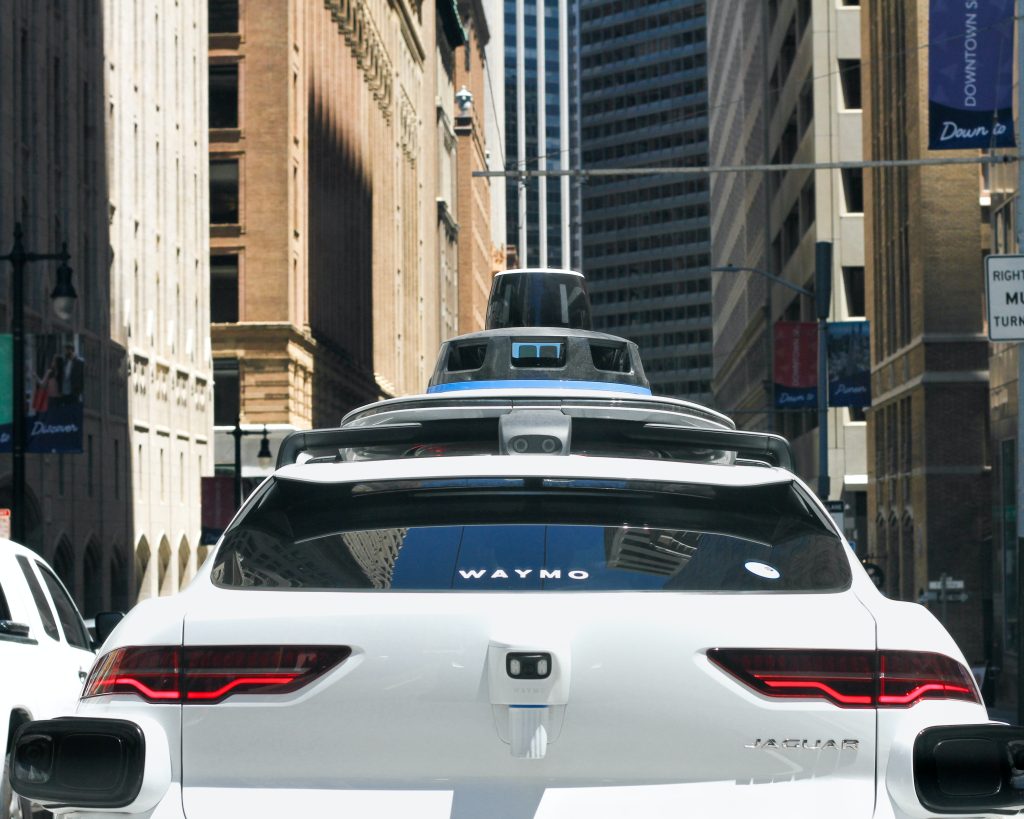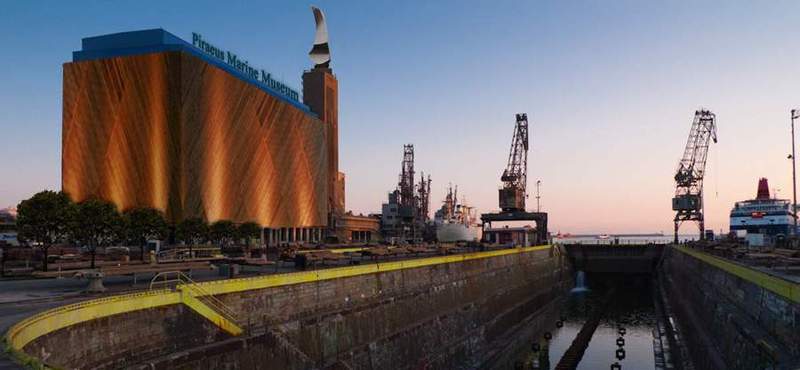Austin Becomes Latest City For Waymo And Uber Self-Driving Cars

Table of Contents
Waymo's Expansion into the Austin Market
Operational Area and Service Details
Waymo's self-driving cars are operating within designated areas of Austin, offering a ride-hailing service similar to traditional ride-sharing apps. The exact geographical zones are constantly evolving, but currently include significant portions of central Austin and surrounding suburbs. Waymo utilizes a fleet of Jaguar I-PACE electric vehicles, chosen for their safety features and technological adaptability. While service is generally available 24/7, there may be temporary limitations based on weather conditions or system updates.
- Geographical Zones: Central Austin, parts of South Austin, and select North Austin neighborhoods (specific boundaries subject to change).
- Fleet Size: Estimates suggest a significant fleet size, allowing for reasonable availability and quick response times. The exact number is not publicly released by Waymo.
- Vehicle Type: Primarily Jaguar I-PACE electric vehicles, known for their advanced driver-assistance systems.
- Service Limitations: Operational areas and hours may be temporarily restricted due to weather, maintenance, or software updates.
The introduction of Waymo autonomous vehicles offers Austin residents a new option for ride-sharing, offering a potentially more convenient and efficient mode of transportation compared to traditional methods. The self-driving taxi service Austin now boasts is a significant step toward a more modernized transit system.
Impact on Austin's Transportation Landscape
Waymo's entry into the Austin market has the potential to significantly impact the city's transportation landscape. The introduction of autonomous vehicles could alleviate some traffic congestion by optimizing routes and speeds. Moreover, improved accessibility for residents with mobility challenges is a key benefit. Increased competition with existing ride-sharing companies like Uber and Lyft could also lead to lower prices and improved service quality.
- Traffic Reduction: Autonomous vehicles, through optimized routing and speed management, can contribute to a decrease in traffic congestion in certain areas.
- Accessibility: Self-driving cars enhance accessibility for individuals with disabilities or limited mobility options.
- Competition: The introduction of Waymo creates competition, potentially driving down prices and improving service quality within the Austin ride-sharing market. This increased competition may drive innovation and further improvements in the ride-sharing sector within Austin.
The impact of Waymo on Austin traffic solutions and the broader transportation network will be an important area to study as the program expands.
Uber's Autonomous Vehicle Program in Austin
Technology and Safety Measures
Uber's self-driving car technology in Austin relies on a combination of advanced sensors, including LiDAR, radar, and cameras, to create a 360-degree view of the environment. The system processes this information to navigate streets and avoid obstacles. Crucially, Uber maintains a high level of human oversight, with safety drivers present in the vehicles at all times. Robust safety protocols are in place, and emergency response procedures are clearly defined.
- Sensor Technology: LiDAR, radar, and multiple cameras provide comprehensive environmental awareness.
- Safety Protocols: Redundant systems and rigorous testing ensure vehicle safety.
- Human Oversight: Safety drivers are always present, ready to intervene if needed.
- Emergency Response: Clearly defined procedures for handling emergencies and incidents are established.
The safety features of self-driving cars are paramount and a primary focus for companies like Uber. The Uber self-driving cars Austin utilizes are equipped with multiple layers of safety mechanisms.
Collaboration with Local Authorities
Uber's deployment of autonomous vehicles in Austin involves close collaboration with local authorities. The company has obtained necessary permits and agreements with the city of Austin to operate its self-driving program within specified zones. Community engagement initiatives aim to address public concerns and ensure a smooth integration of the technology into the urban environment.
- Permits and Agreements: Uber has secured all necessary permits and agreements to operate its autonomous vehicles in Austin.
- Community Engagement: Initiatives are in place to address public questions and concerns about autonomous vehicle technology.
- Regulatory Compliance: Uber works closely with Austin authorities to ensure full compliance with all applicable regulations.
The cooperation between Uber and the city of Austin is vital for the successful implementation of self-driving car regulations and fostering a positive public perception of autonomous vehicles.
The Future of Self-Driving Cars in Austin
Challenges and Opportunities
The widespread adoption of self-driving cars in Austin presents both significant challenges and exciting opportunities. Infrastructure limitations, such as the need for robust 5G networks and potentially dedicated lanes for autonomous vehicles, need to be addressed. Regulatory frameworks must also be developed to govern the operation and safety of self-driving vehicles. Public perception and acceptance remain crucial factors. However, the potential economic benefits, job creation in AV-related fields, and improvements in transportation efficiency are significant.
- Infrastructure Needs: Investments in 5G infrastructure and possibly dedicated autonomous vehicle lanes are crucial.
- Regulatory Framework: Clear regulations are necessary to ensure the safe and responsible deployment of self-driving cars.
- Public Acceptance: Addressing public concerns and fostering trust in autonomous vehicle technology is essential.
- Job Creation: The AV industry is expected to generate numerous jobs in Austin, ranging from engineering and software development to maintenance and operations.
Addressing the challenges will unlock the opportunities presented by autonomous vehicle technology within Austin.
Long-Term Implications for the City
The long-term implications of self-driving cars in Austin extend far beyond transportation. Urban planning will likely be influenced, with potential shifts in urban design and real estate development. Employment patterns may change, as some jobs are automated while new ones are created. Social interaction and community dynamics may also be affected.
- Impact on Real Estate: The availability of autonomous vehicles may influence real estate values and urban development patterns.
- Urban Design Changes: Cities might adapt infrastructure to accommodate the unique requirements of autonomous vehicles.
- Employment Shifts: The introduction of self-driving technology will likely lead to some job displacement and create new opportunities in related fields.
- Social Interaction: Changes in commuting patterns and social mobility may alter social interactions within the city.
The Austin urban planning process must adapt to the potential impact of self-driving cars in the city’s long-term future.
Conclusion
The expansion of Waymo and Uber's self-driving car programs into Austin represents a pivotal moment for the city's future. This development will significantly impact transportation, the economy, and the overall urban landscape. The integration of autonomous vehicles presents both challenges and opportunities, demanding careful consideration of infrastructure needs, regulatory frameworks, and public acceptance. The long-term effects on urban planning, employment, and social interaction are profound and require ongoing monitoring and adaptation.
To stay informed about self-driving cars in Austin and follow the progress of autonomous vehicle technology in Austin, explore the future of self-driving car technology in Austin by visiting the official websites of Waymo, Uber, and the City of Austin.

Featured Posts
-
 High Payout Online Casinos In Ontario Mirax Casino Leads In 2025
May 18, 2025
High Payout Online Casinos In Ontario Mirax Casino Leads In 2025
May 18, 2025 -
 Todays Nyt Mini Crossword Answers March 24 2025
May 18, 2025
Todays Nyt Mini Crossword Answers March 24 2025
May 18, 2025 -
 Teylor Svift Rekordnye Prodazhi Vinila Za Poslednee Desyatiletie
May 18, 2025
Teylor Svift Rekordnye Prodazhi Vinila Za Poslednee Desyatiletie
May 18, 2025 -
 Spring Breakout Rosters 2025 Who To Watch
May 18, 2025
Spring Breakout Rosters 2025 Who To Watch
May 18, 2025 -
 I Ellada Stoxos Pagkosmio Naytiliako Kentro
May 18, 2025
I Ellada Stoxos Pagkosmio Naytiliako Kentro
May 18, 2025
